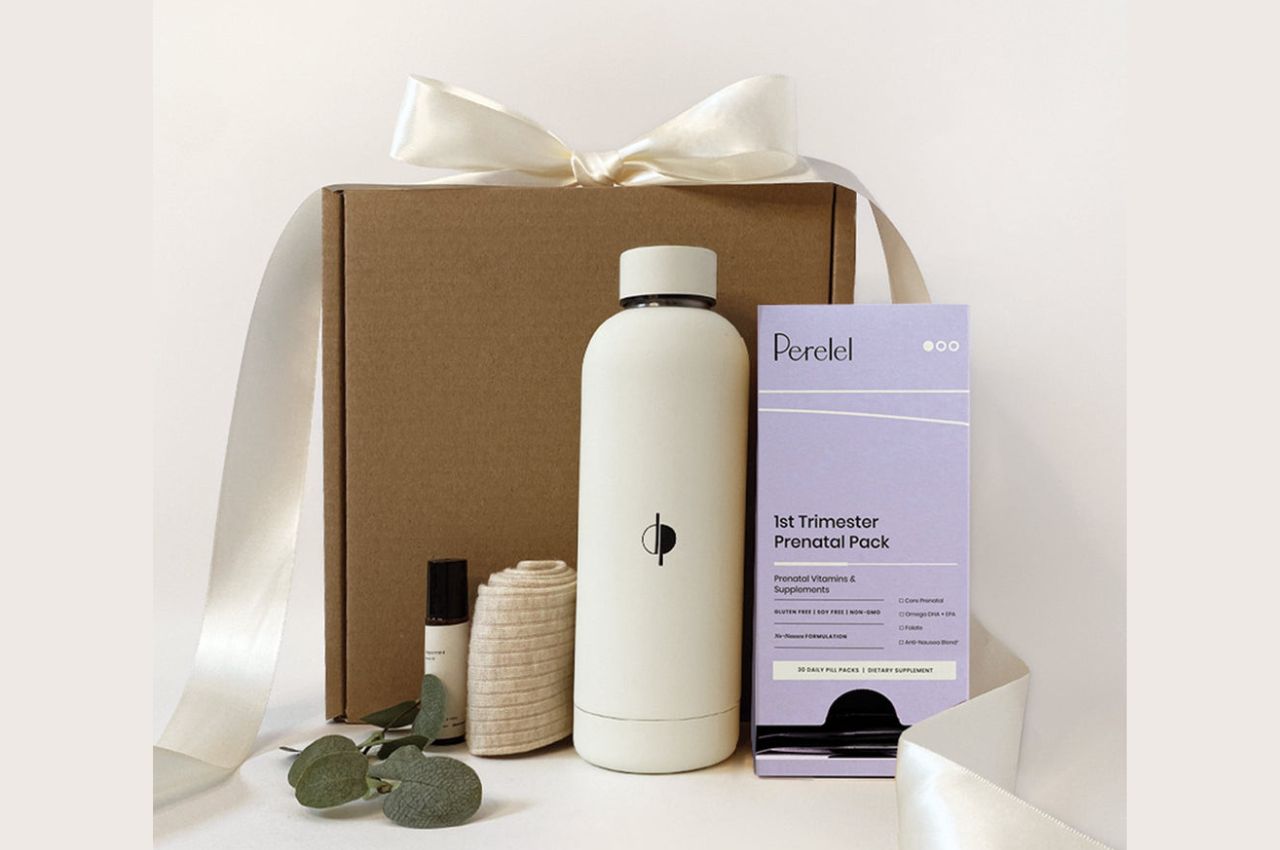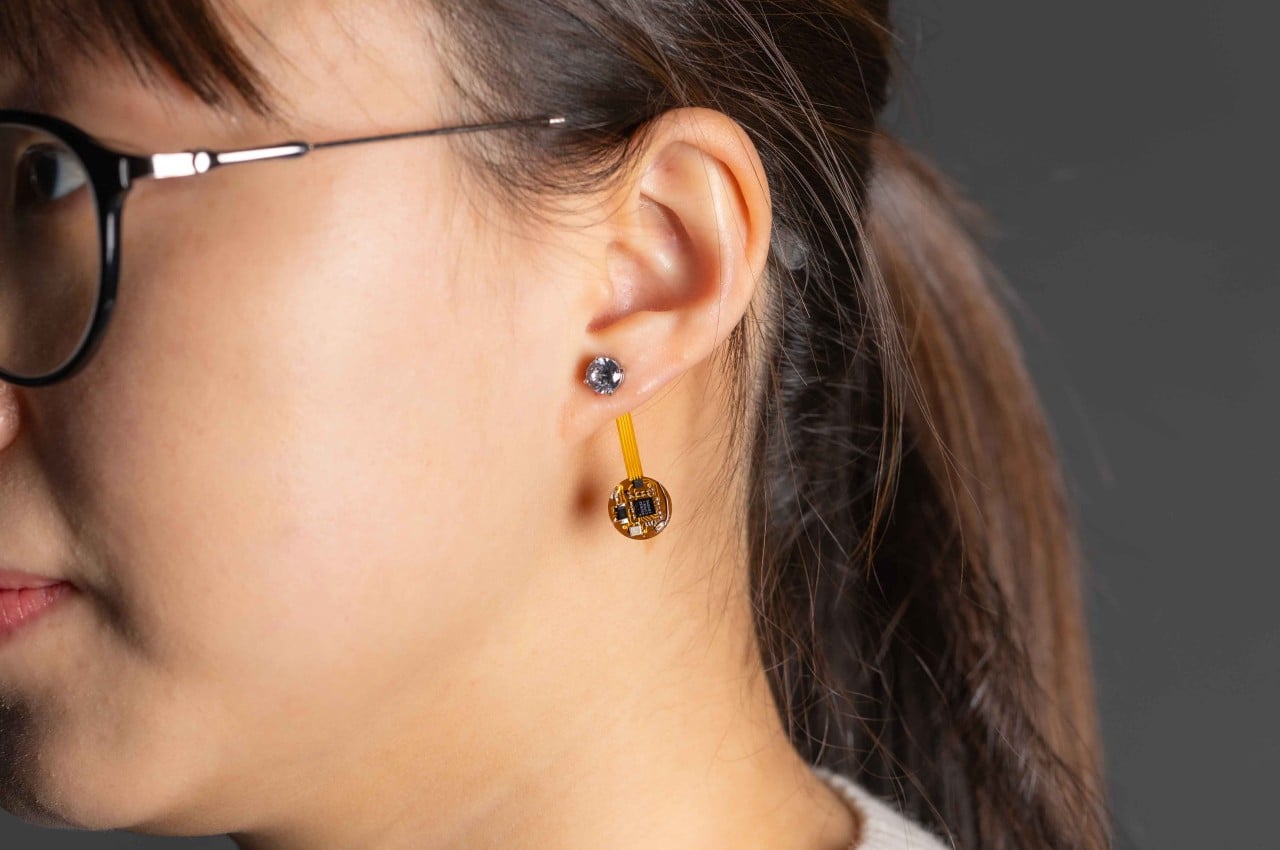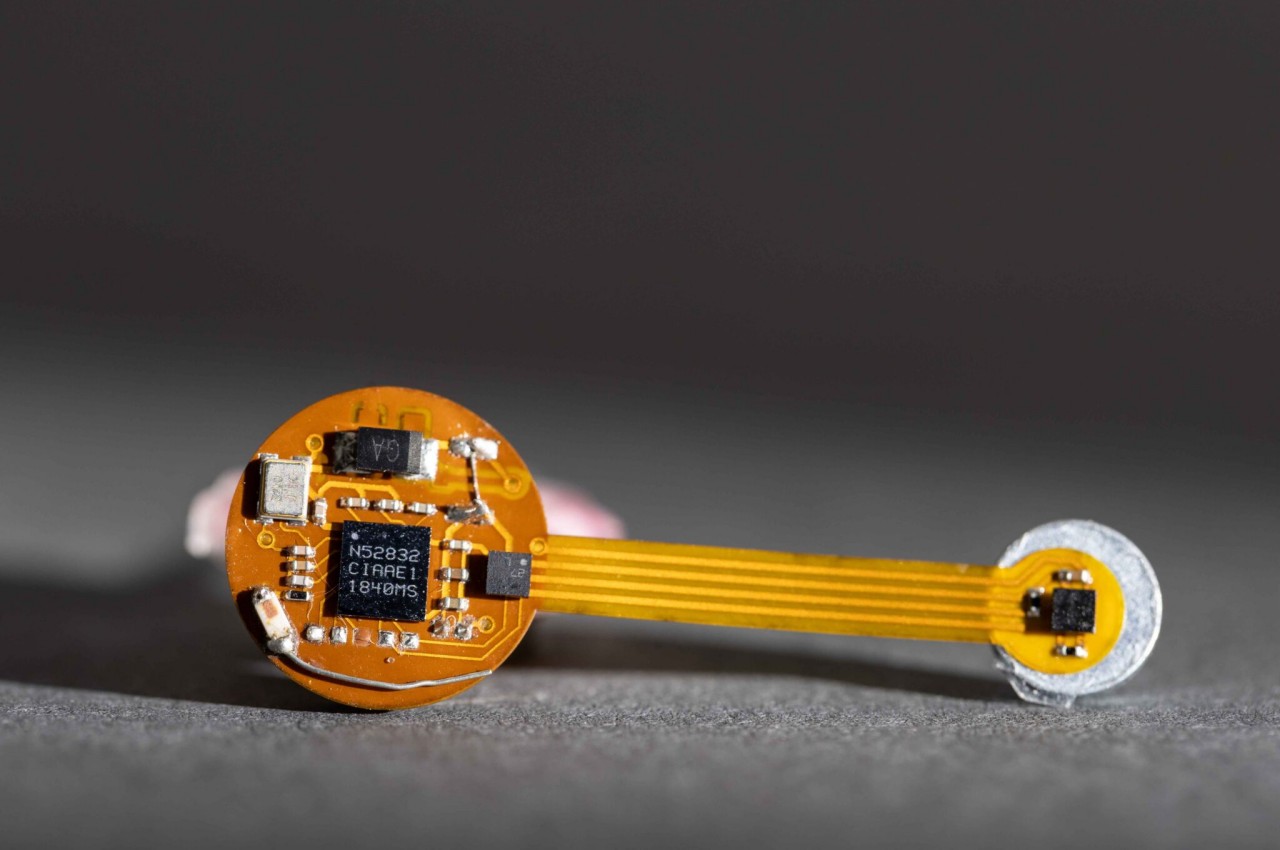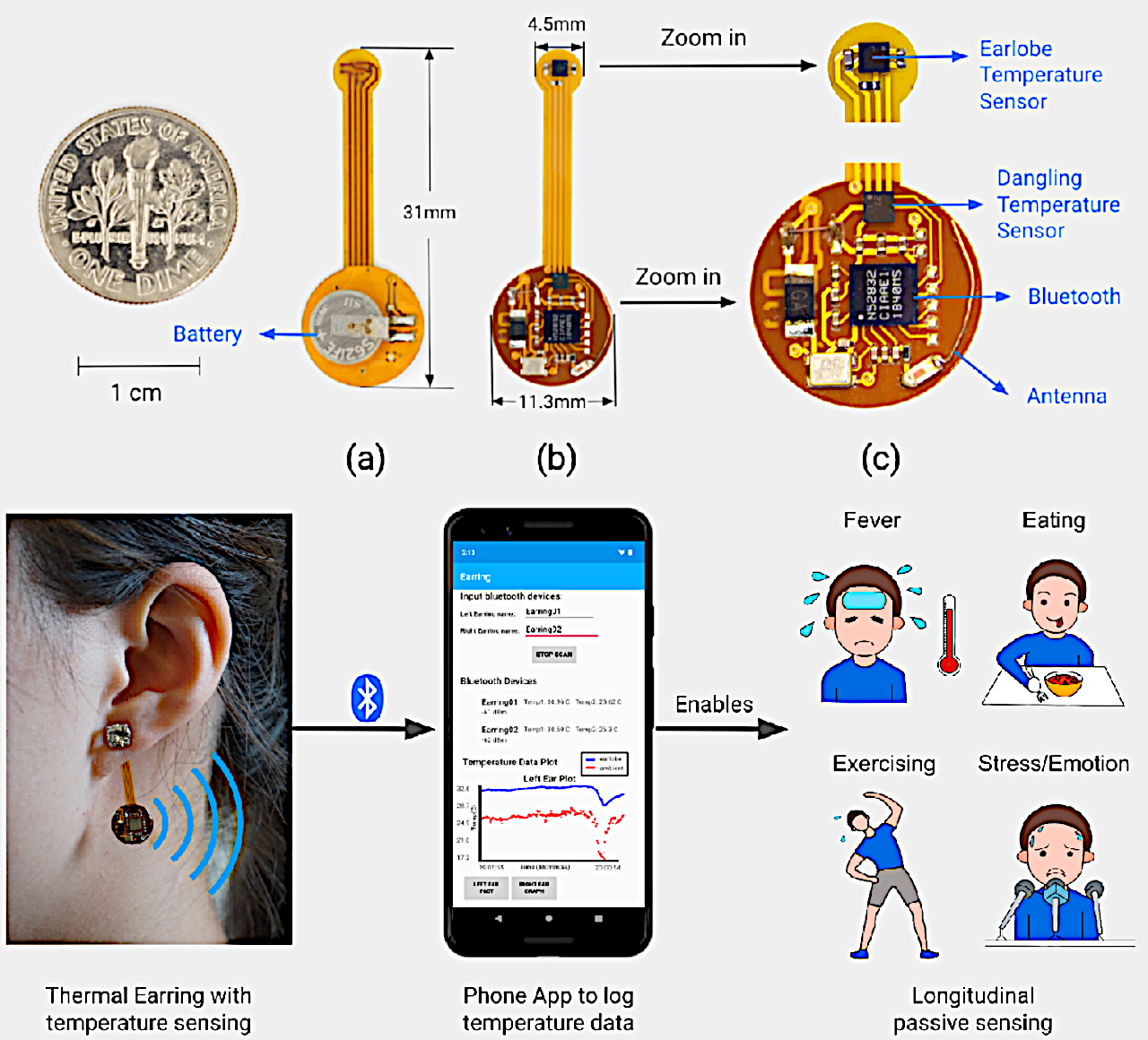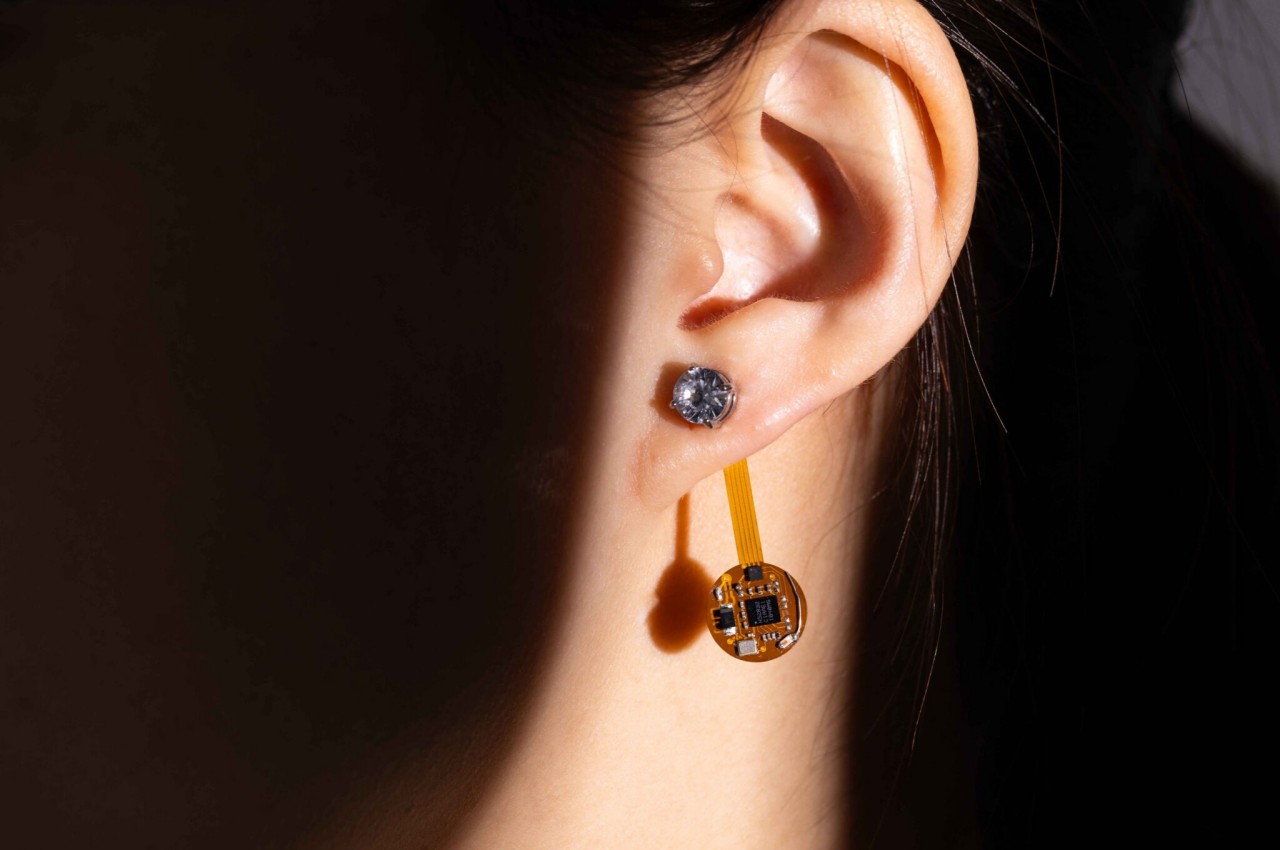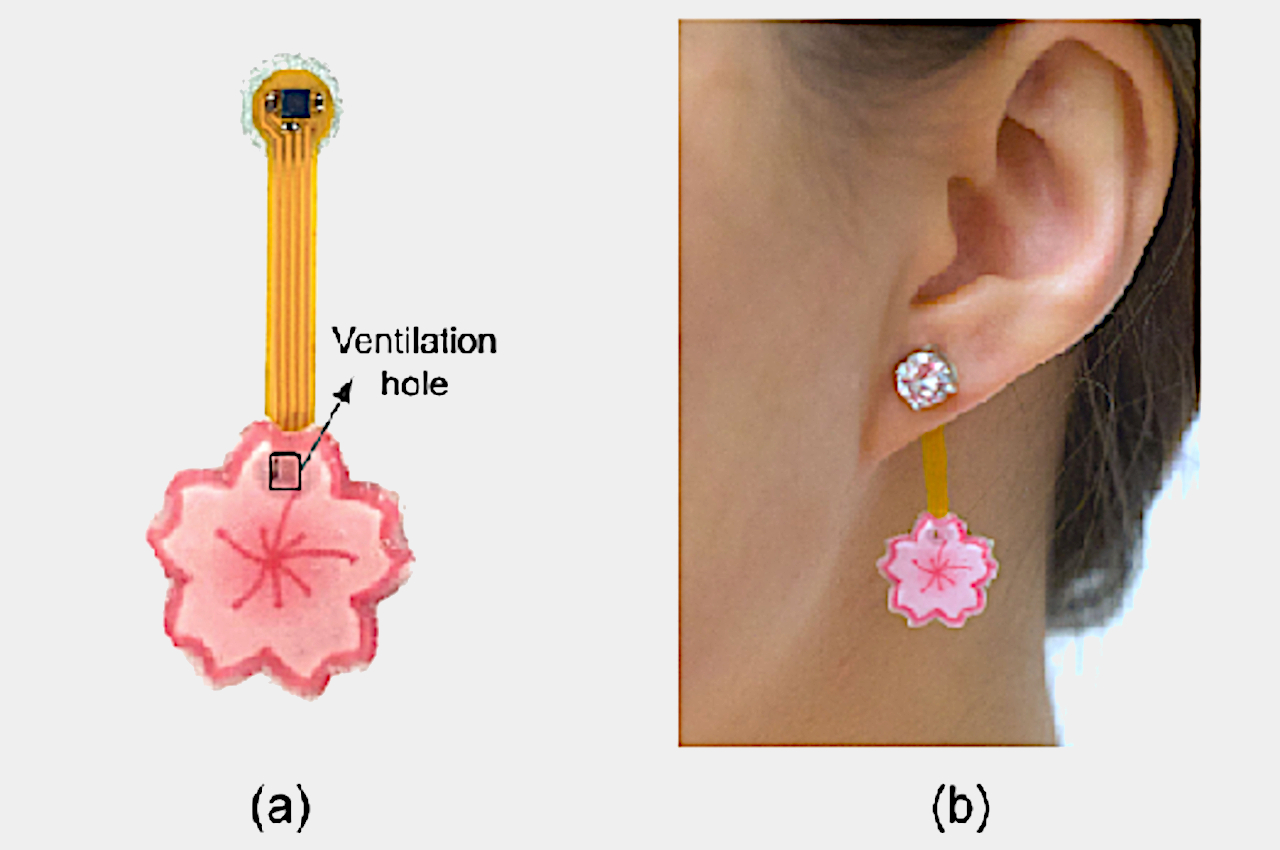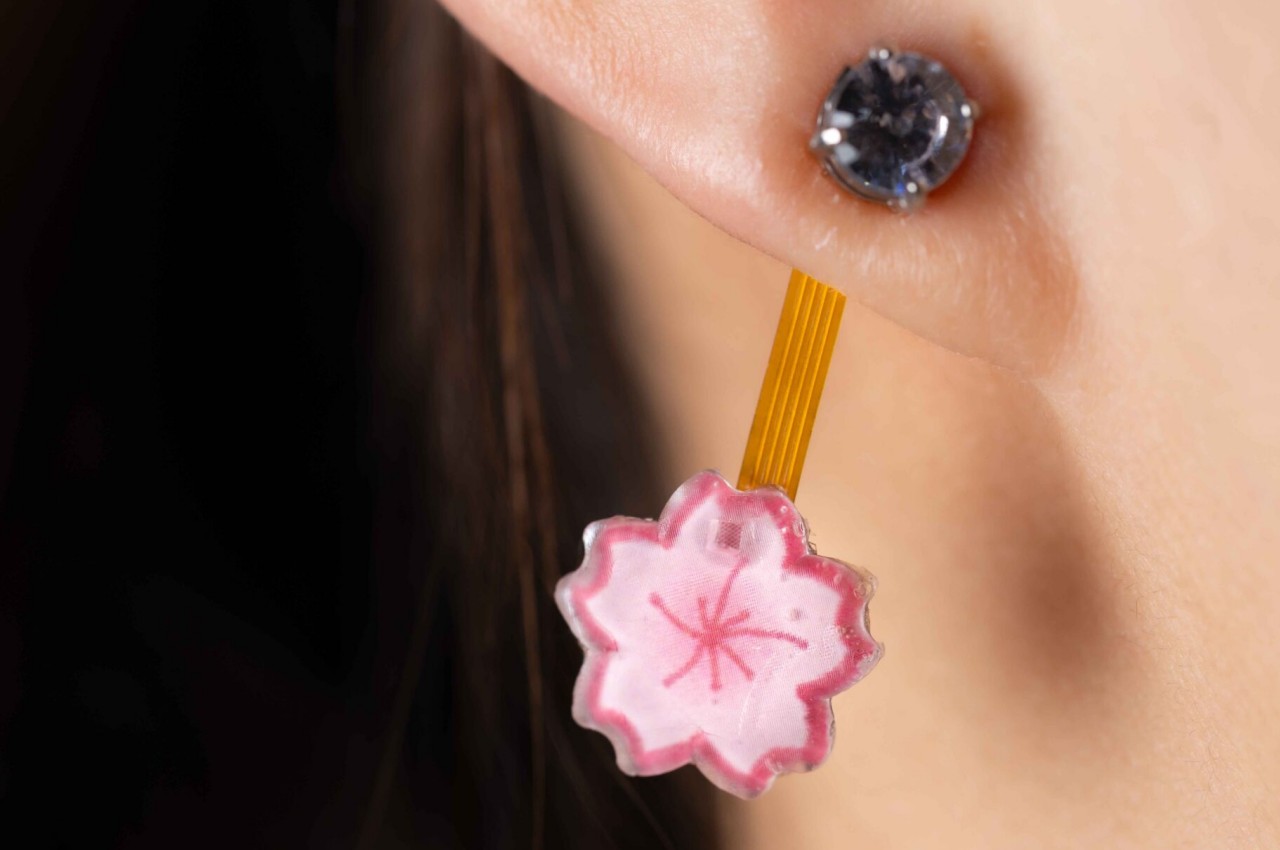
8th March is celebrated as International Women’s Day, and rightly so, although in all honesty, we deserve every day to be Women’s Day! Women’s Day is the result of the efforts of a lady called Clara Zetkin, the leader of the ‘Women’s Office’ for the Social Democratic Party in Germany. In 1910, she proposed that every country should have a celebration every year on the same day – a Women’s Day, a day when women could press for their demands. Cut to 2024, and Women’s Day is a 24-hour period where we widely celebrate the women all around us, and in every aspect of our lives. And we’re taking it upon ourselves to celebrate the iconic women in our design world! These women paved the path for women in the design and architecture industry, changing the perceived status of women in this arena, and making space for their successors to push boundaries liberally and without hindrances. Although even today there is a gender disparity in the design world, with women designers facing experiences of bias and prejudice, and with the product and industrial design world being primarily 78-95% male. But let’s take a moment to celebrate these iconic women designers, creators, and innovators and raise a toast to them!
1. Zaha Hadid


The late Zaha Hadid was the first woman to win the Pritzker Prize for Architecture in 2003, and also the first female star architect who managed to transform, and deeply influence the status of women in the design world. Known as the ‘Queen of the Curve’, her unique creative vision positively impacted and changed the design and architecture world, while also establishing that a woman can conquer these worlds in her unique way and style. Her feisty personality, intense determination, and desire to challenge the design status quo supported her in consistently pushing the limits of form and function. Her first major public building – the Rosenthal Centre for Contemporary Art in Ohio opened in 2003 and marked an important turning point, where critics and the rest of the world accepted her as the force she truly was.
2. Ray Eames
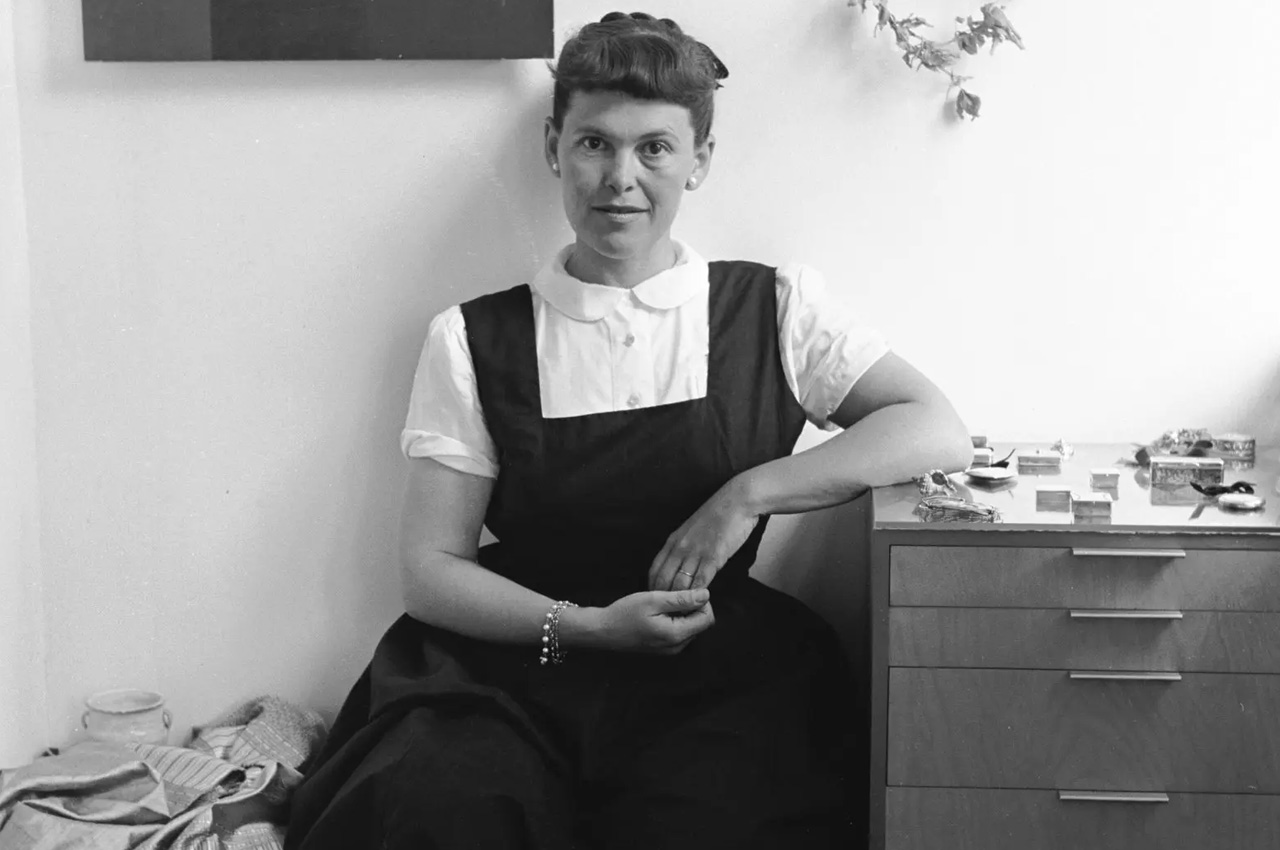
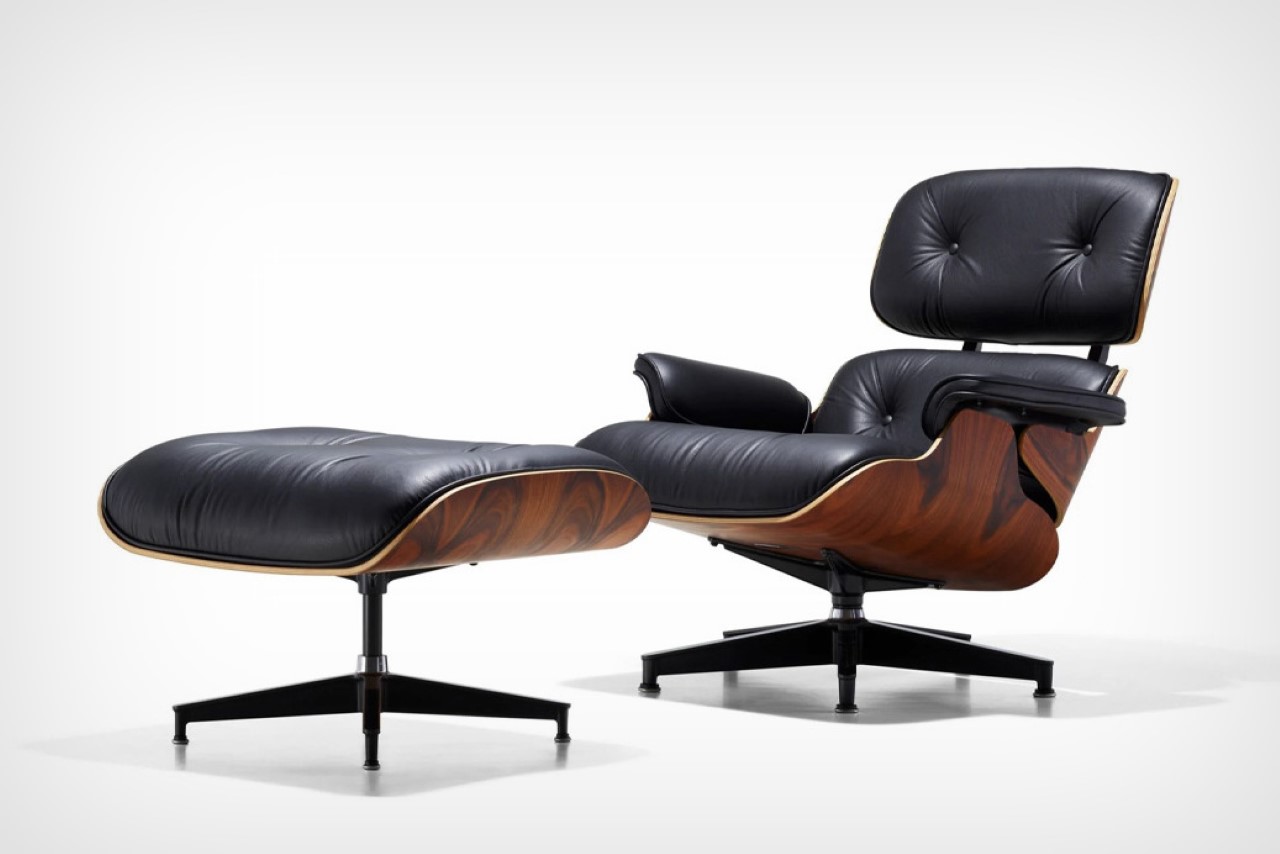
Everyone’s heard of the Eames Lounge Chair. It was the centerpiece of any office in the 1960s and 1970s, and it has still maintained its relevance and value even today. You’ve probably heard of the mastermind behind it – Charles Eames, but you may not be aware of his wife Ray Eames, who played an equally important role in its birth and creation. The duo spent most of their time experimenting with plywood, which led to their first mass-manufactured product – a molded plywood leg splint that would be purchased in abundance by the US Navy. They played around with different materials, using fiberglass, aluminum, leather, and plywood to build furniture. Even after Charles died in 1978, Ray continued to spread their design philosophy and beliefs through her writing and numerous talks.
3. Hella Jongerious
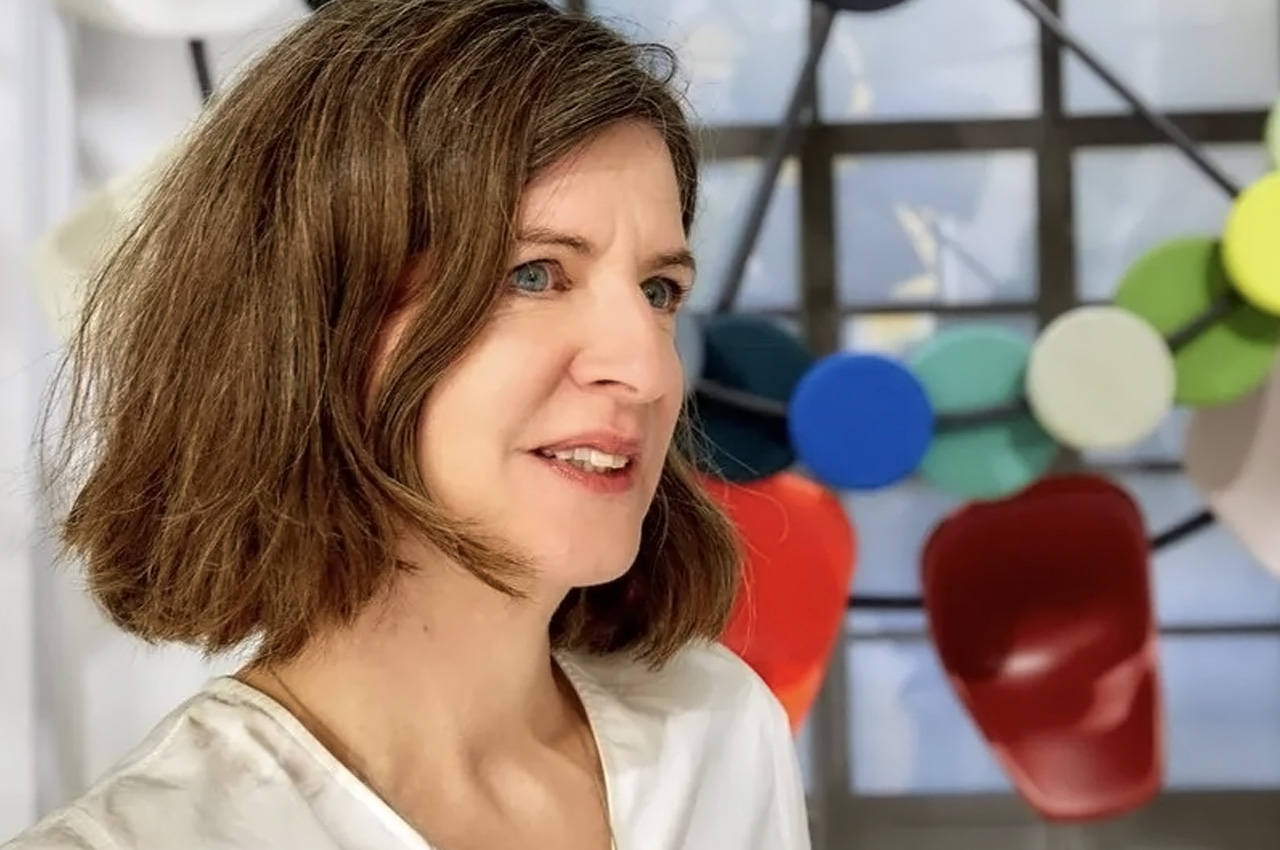
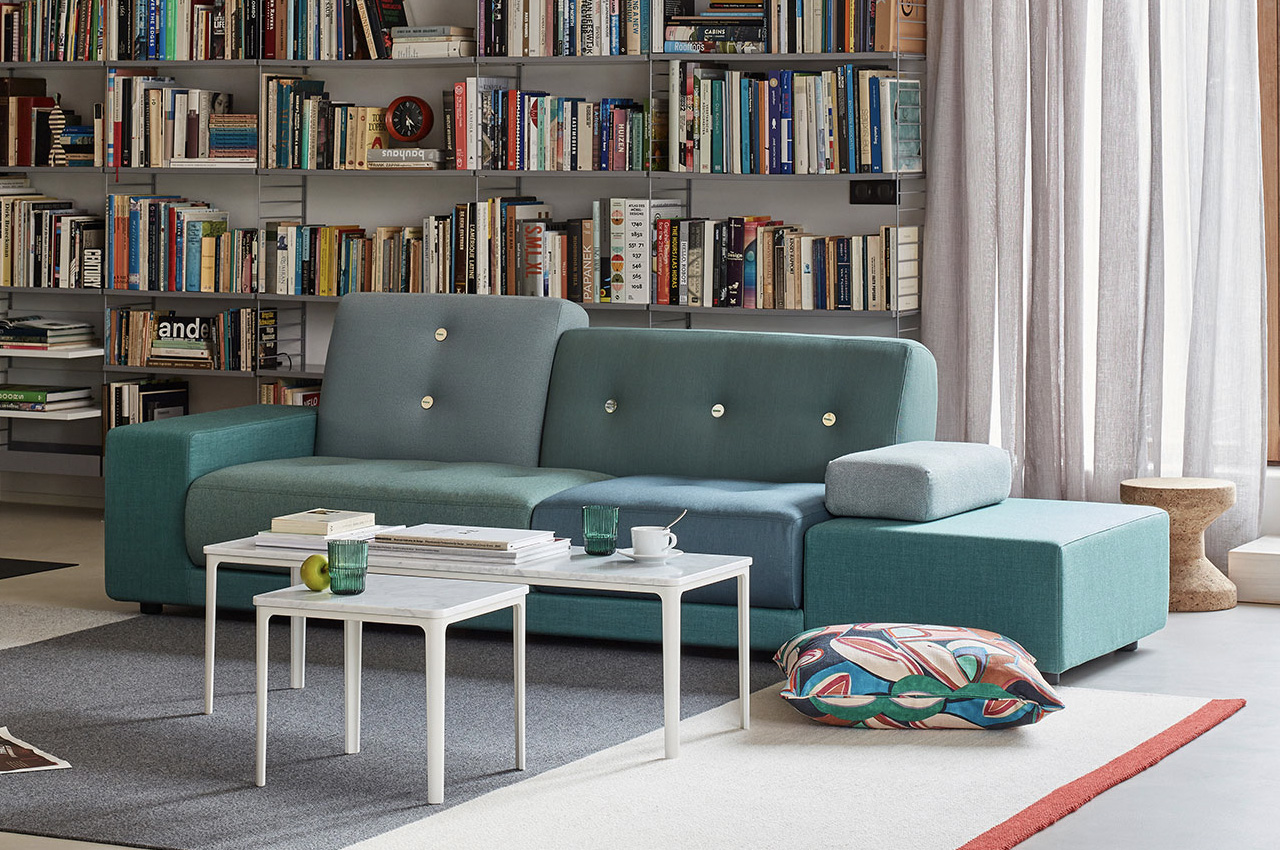
The Dutch designer Hella Jongerious is considered a master of colors and texture in her profession of industrial design. The strong-headed and independent designer once said “Design is not about objects. Design is about relations”. She founded her studio called the Jongeriuslab studio in 1993, and since then has worked with major clients such as Maharam, Danskina, IKEA, and KLM. Through her work with textiles, ceramics, and furniture, she has highlighted the importance and magnitude of colors and surfaces in contemporary designs. She designed the Polder Sofa for the Swiss company Vitra, which is one of her most distinctive and popular pieces. It is inspired by her home country – the Netherlands and is a beautiful mixture of asymmetrical shapes and cushions in various colors and fabrics.
4. Neri Oxman

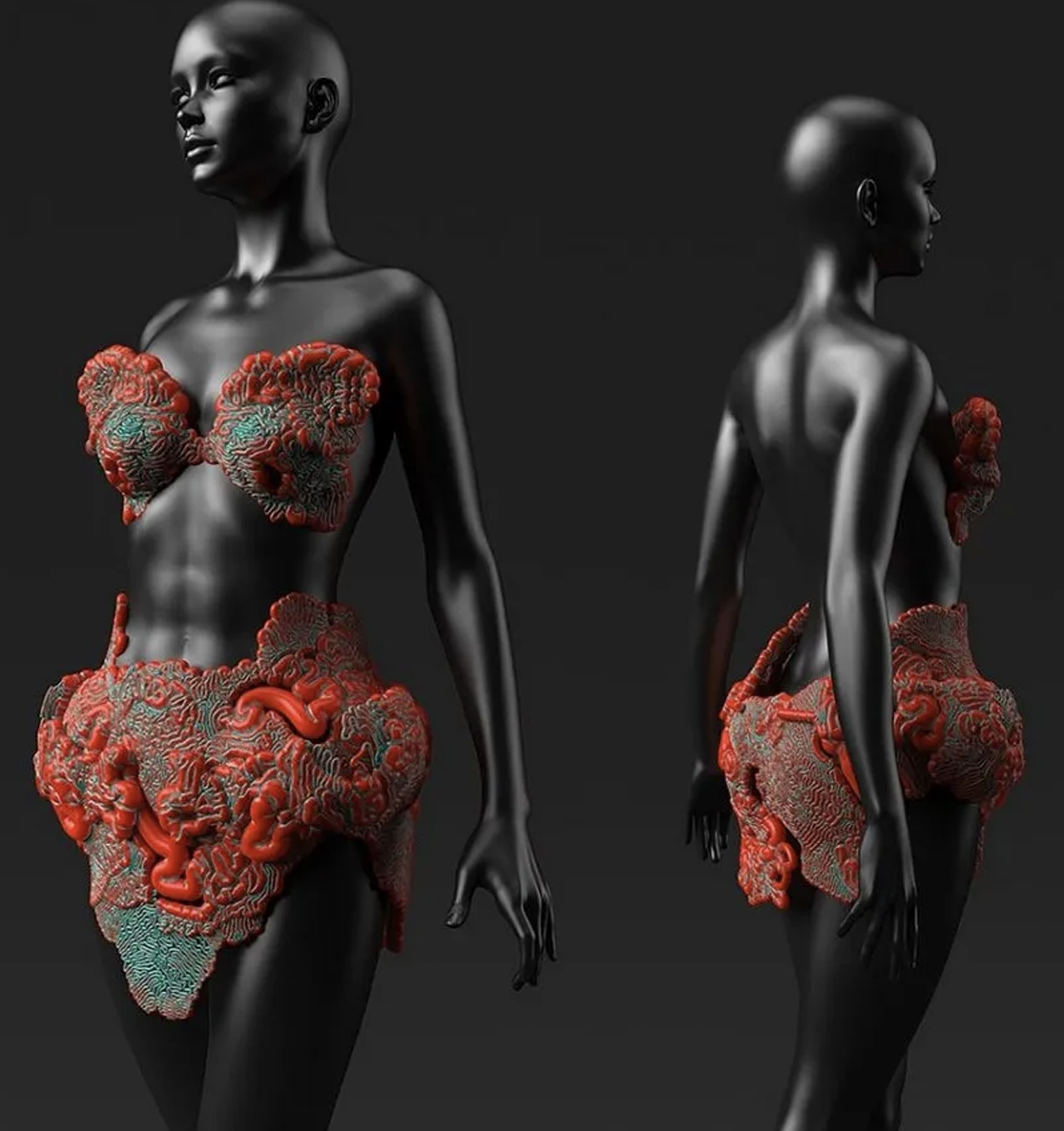
Israeli-American architect, designer, and professor Neri Oxman is the founder of the Mediated Matter Group at the MIT Media Lab. Her work is incredibly pioneering, and she had to coin the word “material ecosystem” to describe it. She combines technology, biology, and design to create astounding projects such as the Silk Pavilion and the Wanderers Wearable Skins, which pushed the boundaries of what fabrication and design could do. Her 3D-printed wearable skins are designed for interplanetary pilgrims, and they have been merged with synthetically engineered microorganisms to make the hostile habitable.
“Nature does not come together. “It expands,” she said at Design Indaba. “At this point, there is a collision between the worlds of civilization and nature.” It is a gradual process, but they are coming together.”
5. Kazuyo Sejima

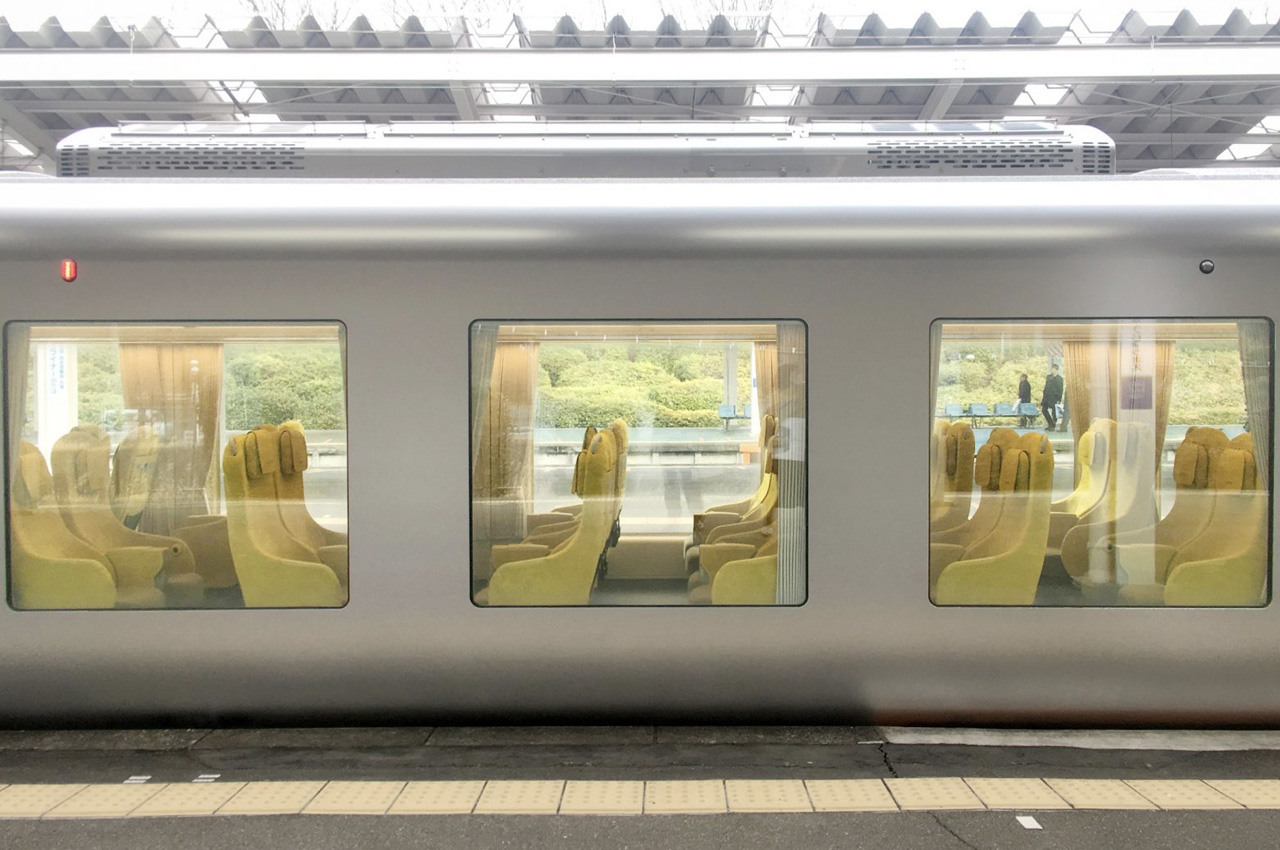
Kazuyo Sejima is a Japanese architect, and also the second woman to win the Pritzker Architecture Prize in 2010, following Zaha Hadid’s lead a few years later. Sejima claims, “Being an architect. I am just interested in making architecture.”, and this comes through in her clean, minimalist, and yet innovative design style. Her works are highlighted by a subtle and minimal character, and they often playfully blur the boundaries between interior and exterior spaces. One such project is the Laview commuter train, which features massive windows, and a curved edge glass nose. The commuter train was designed to make the passengers feel like they’re at home, instead of on a train moving between Tokyo and Saitama. The carriages were created to make the passengers feel comfortable and at ease, mimicking the experience of sitting in your own house.
6. Florence Knoll Bassett

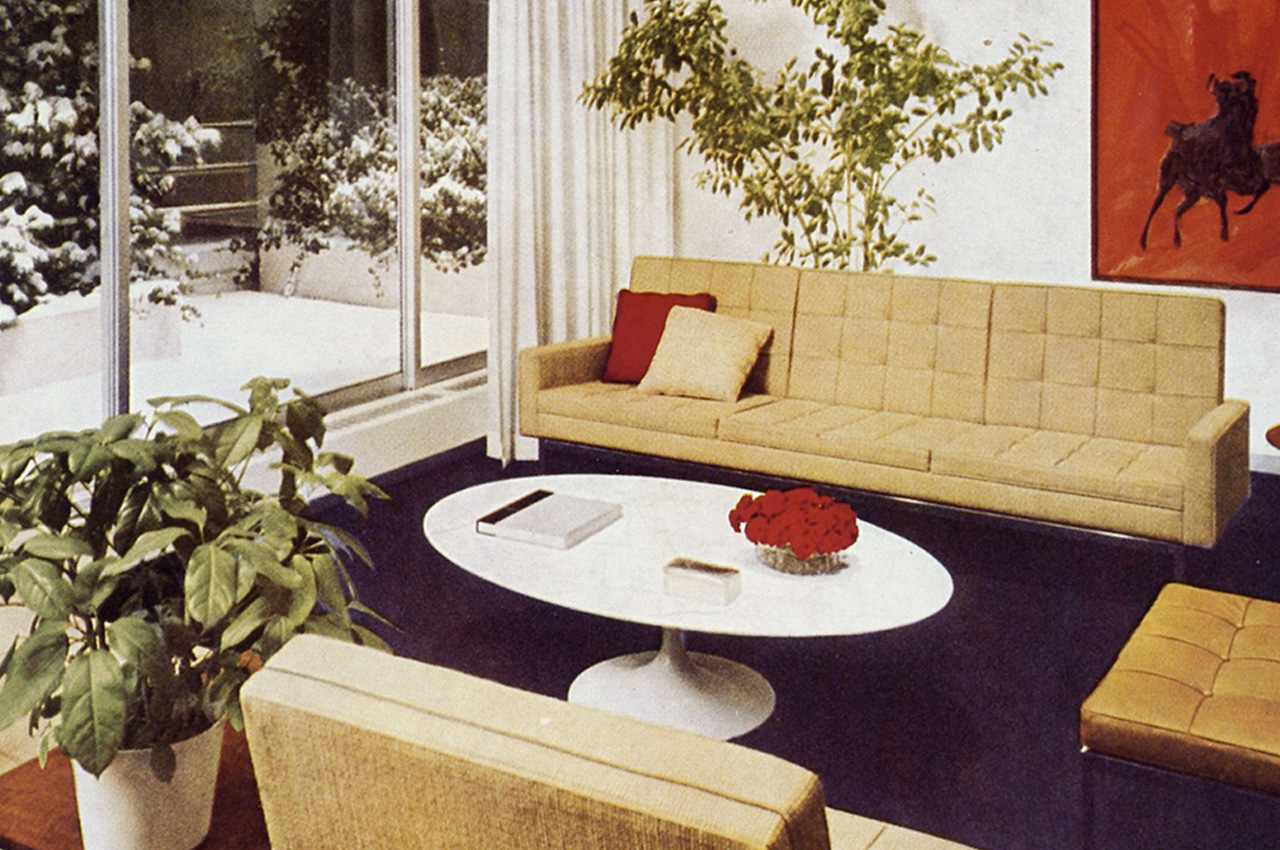
Florence Knoll Bassett was an American architect and furniture designer who completely revolutionized and transformed the design of workplaces, in turn shaping the mid-century modern design movement. She was trained by the three giants of European Modernism – Marcel Breuer, Walter Gropius, and Ludwig Mies van der Rohe, which helped her immensely as she began working for her husband’s furniture company, which was later named Knoll Associates. She created the concept of the modern open-plan office, truly reimagining workplace spaces. Her open-plan ‘Knoll look’ interior completely rejuvenated the office landscape of corporate America, and the impact still lingers on how offices are designed today. She took over Knoll Associates after her husband died in 1955, and the company continued to grow and flourish under her leadership.
7. Greta Magnusson-Grossman
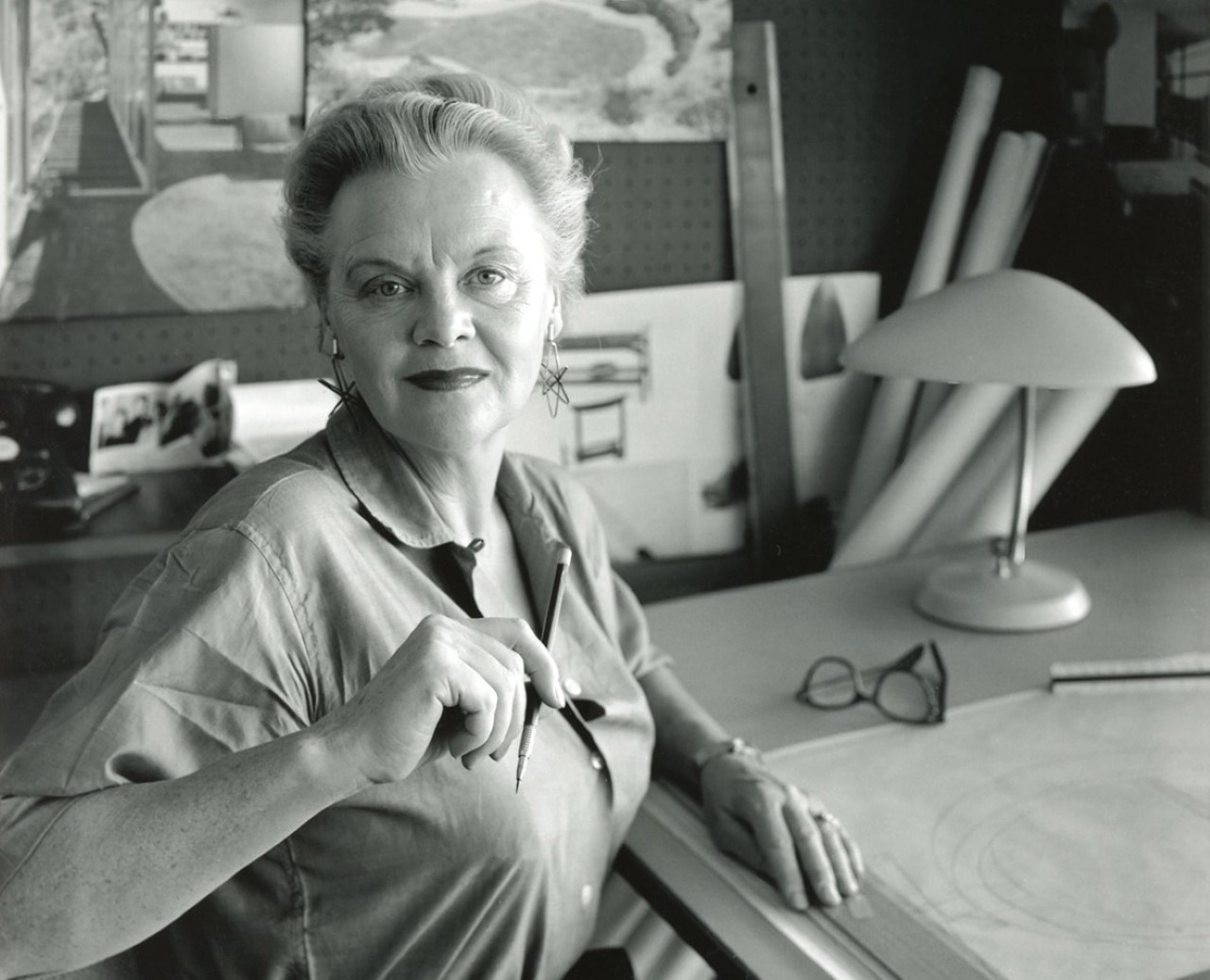
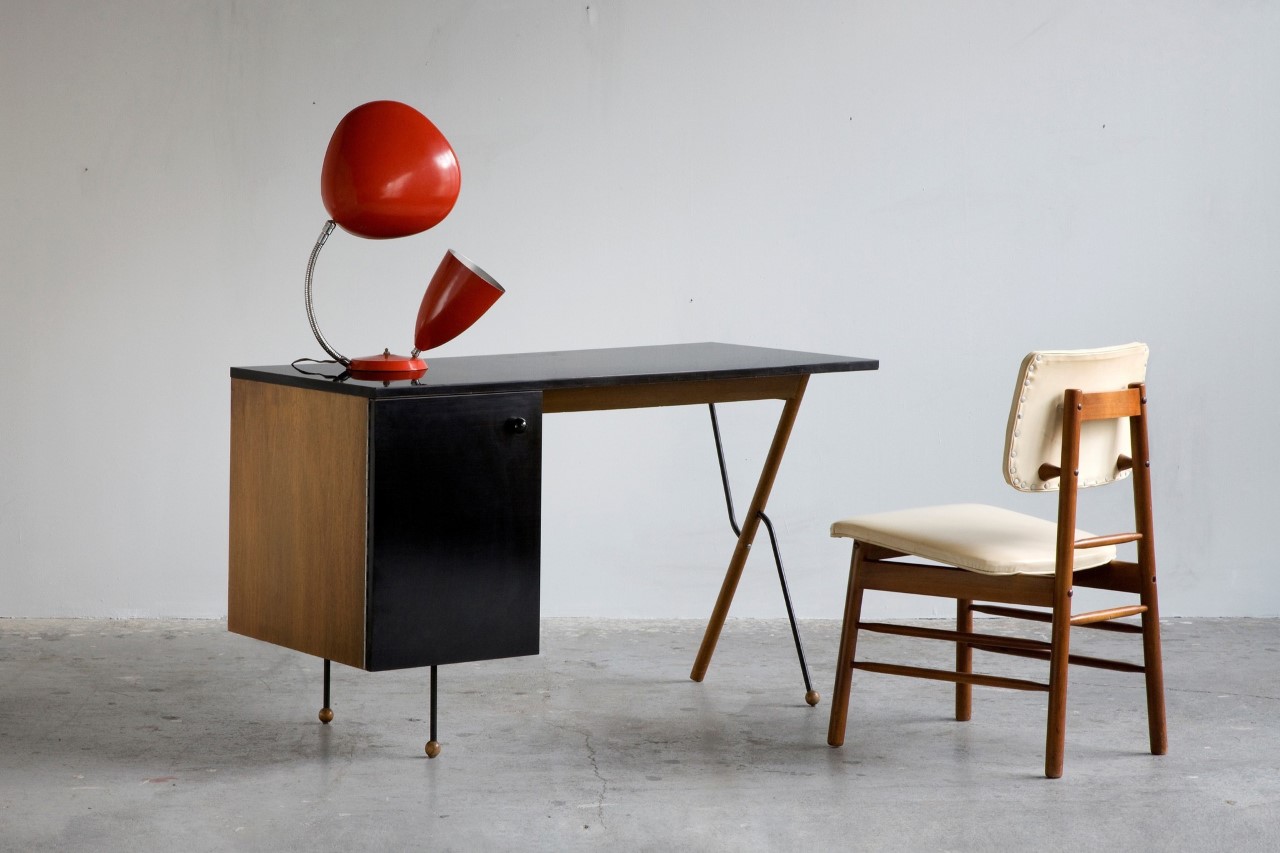
Greta Magnusson Grossman, a Swedish designer, seamlessly merged Scandinavian sensibilities with the midcentury design movement in California in the 1940s. Grossman was not only renowned for her furniture designs but also for her architectural projects, particularly homes in the Los Angeles area, which embraced open floor plans and integrated with the surrounding landscape. Despite her success in architecture, Grossman is best known today for her lamp designs, notably the Grasshopper floor lamp and the Cobra table lamp, both of which have gained iconic status in the midcentury-modern design canon. Towards the end of her career, Grossman also taught furniture design at UCLA from 1957 to 1963.
8. Suzanne Vanderbilt
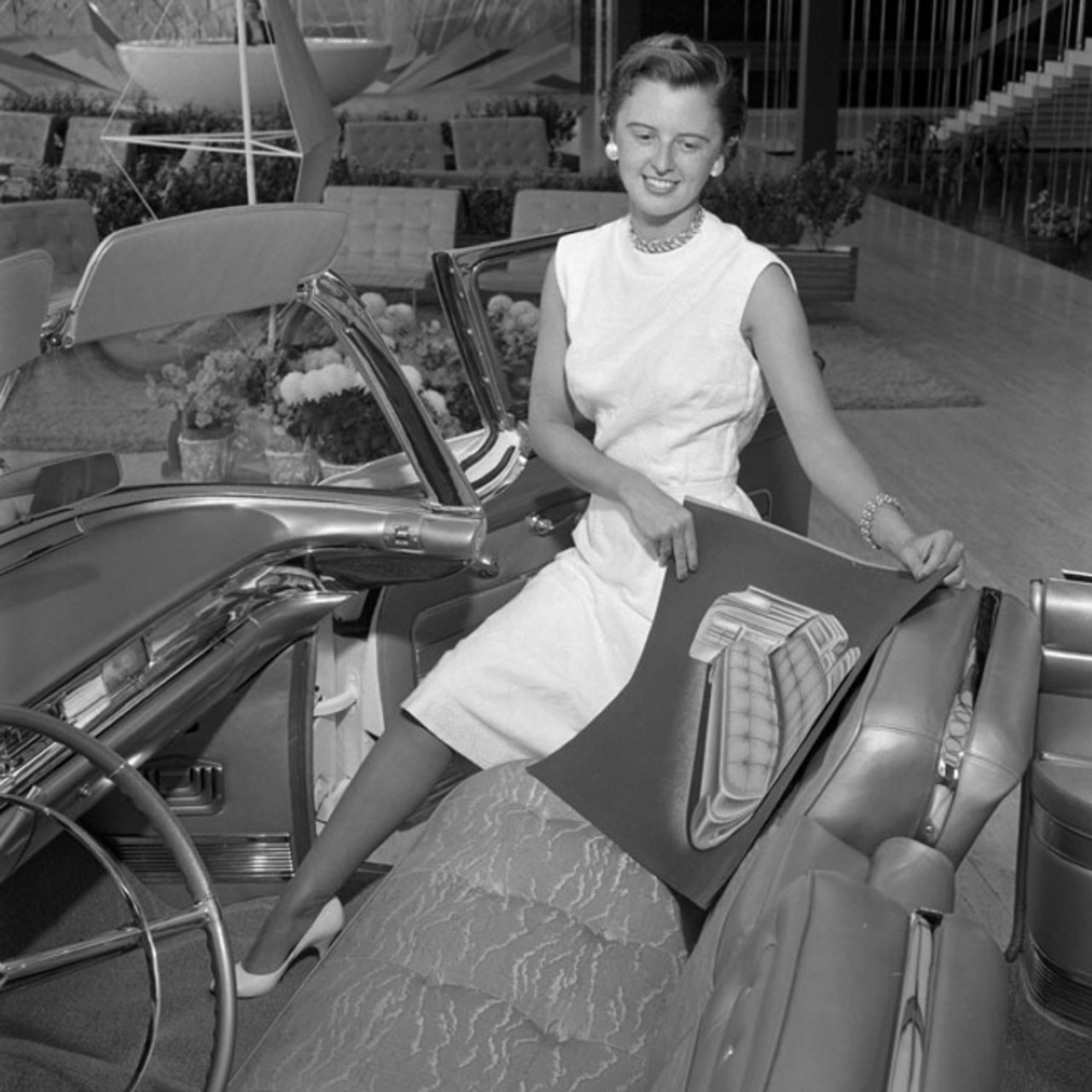
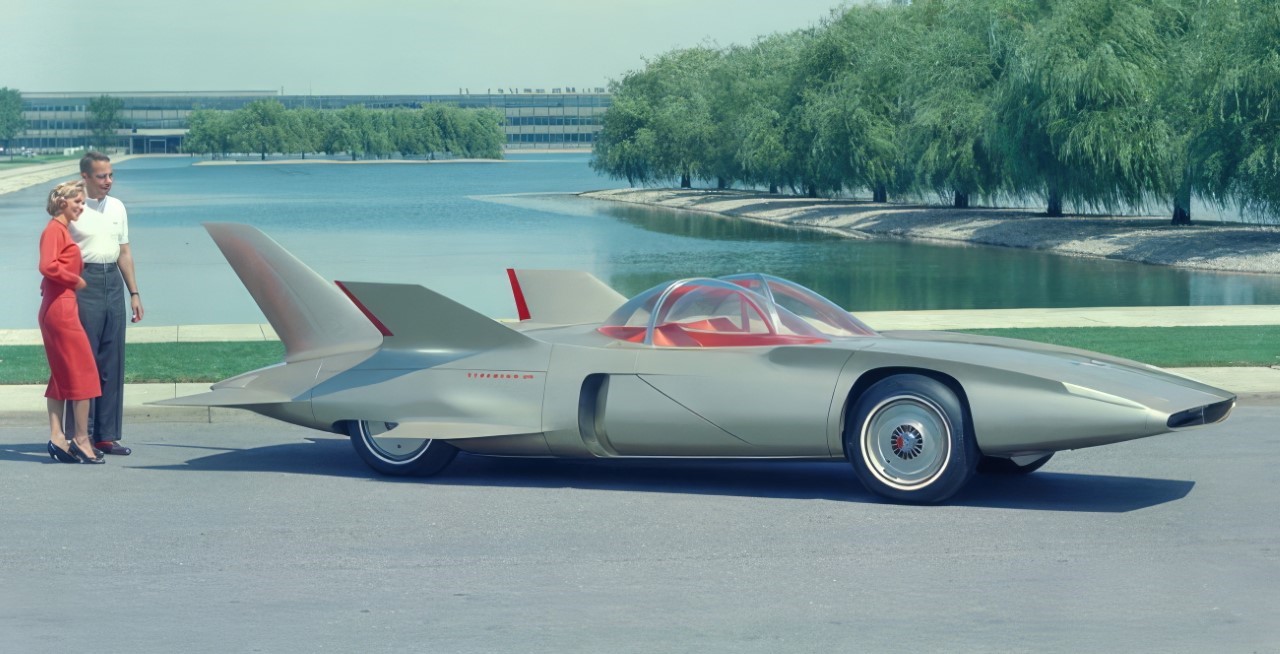
Suzanne Vanderbilt, a trailblazing auto designer at GM, began her career as one of the original Damsels of Design. Vanderbilt joined GM after graduating from Pratt Institute in 1955 and worked on automotive interior design for Chevrolet and Cadillac. Her innovative work included patents for ergonomic automobile seats and safety switches, although these were never produced. Despite facing setbacks and sexism, she persevered, rising to become chief designer of Chevrolet’s Interior Studio by 1972. Vanderbilt’s career was marked by a pursuit of perfection and creativity, reflected in her dedication to automotive design. Her pursuits in the male-dominated automotive industry helped pave the way for other women designers like Diane Allen and Michelle Christensen.
9. Diane Allen
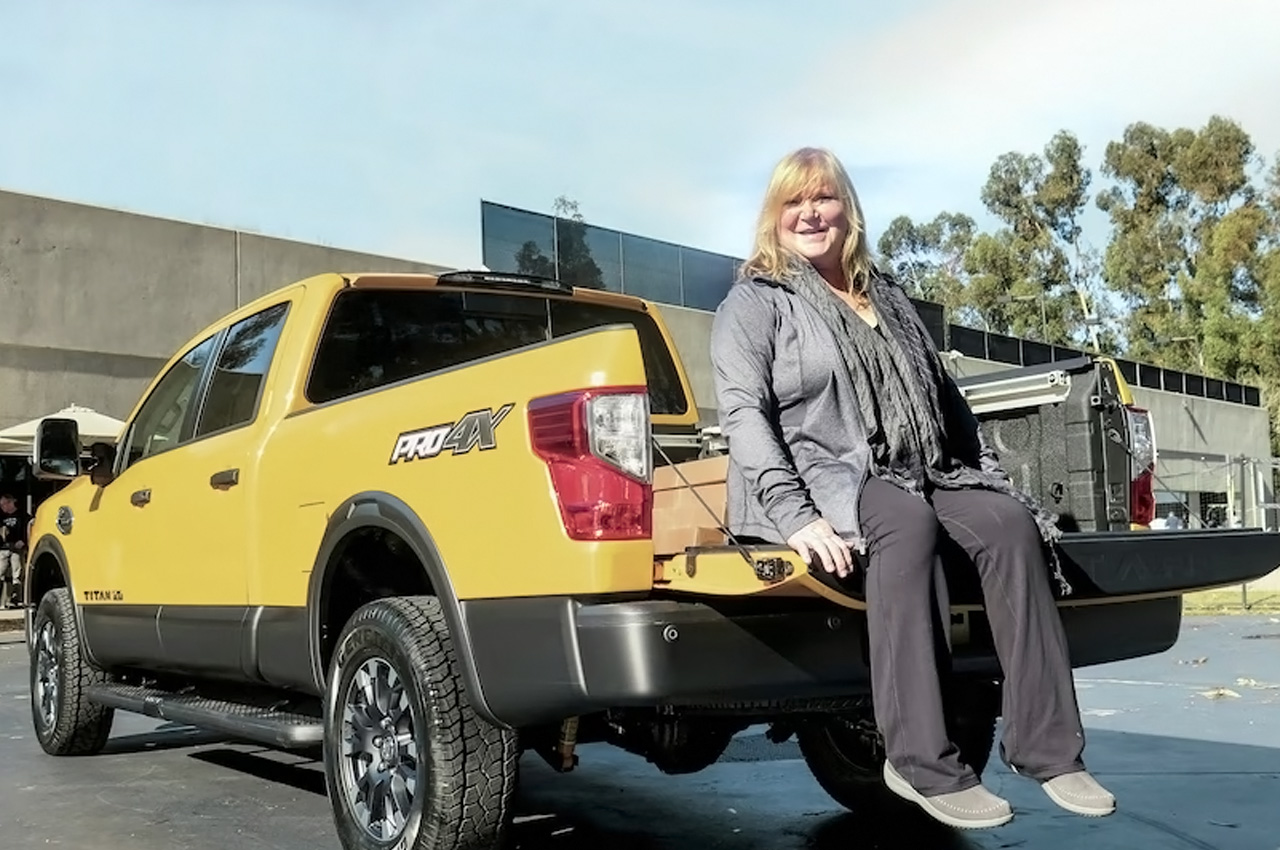
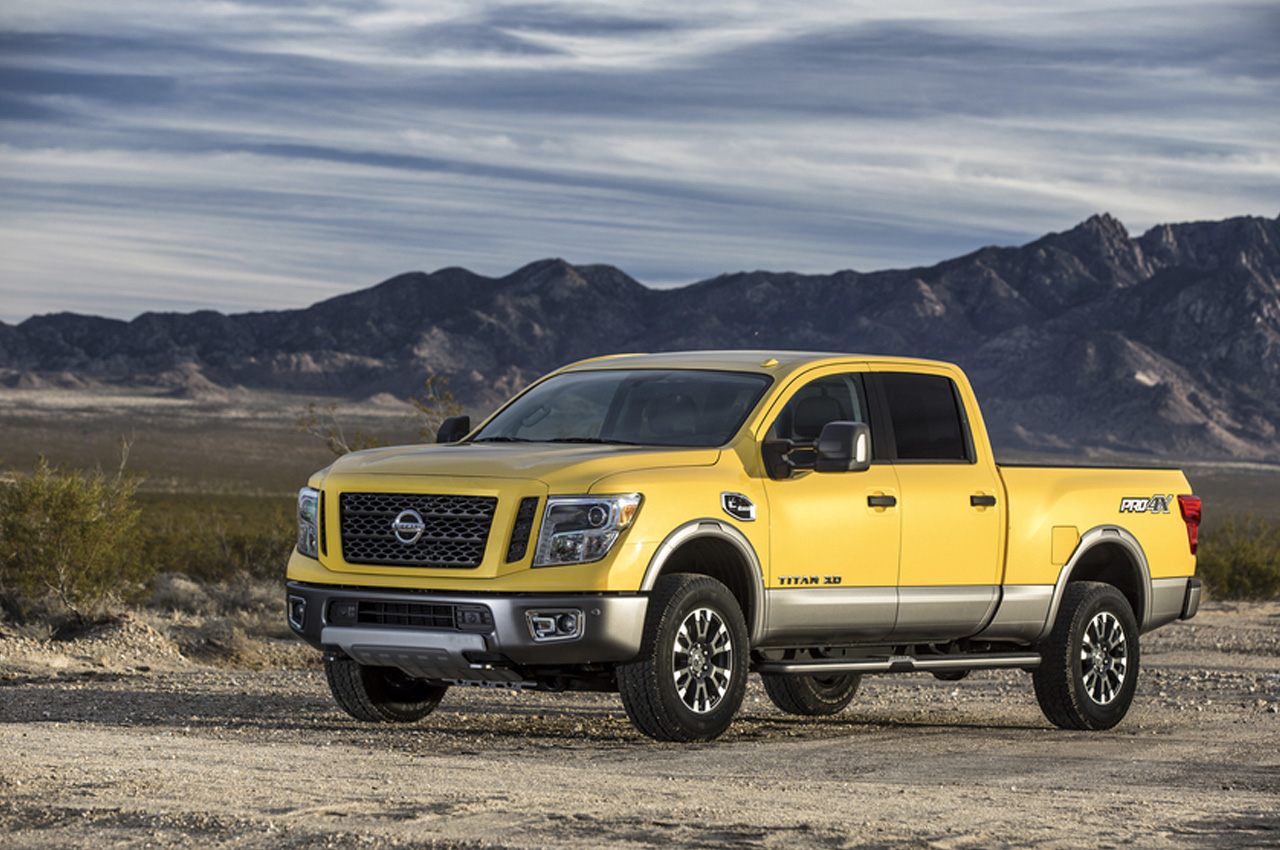
Diane Allen is a senior designer manager at Nissan Design America in San Diego, and she also manages the design programs for the Nissan brand assigned to NDA by the Nissan Global Design Center in Japan. She designed the 2016 Nissan Titan, which is a heavy-duty pick-up truck made from pure gearhead muscle, and capable of hauling everything from boats to horse trailers! She manages the design process of the TITAN family of trucks – overseeing the design concept and sketch development to the production sheet metal, and designing and prototyping of all the different parts, accessories, and wheels! She also managed the Nissan 350Z and 370Z sports coupes, the Rogue crossover SUV, and the Infinity QX56 SUV.
10. Michelle Christensen
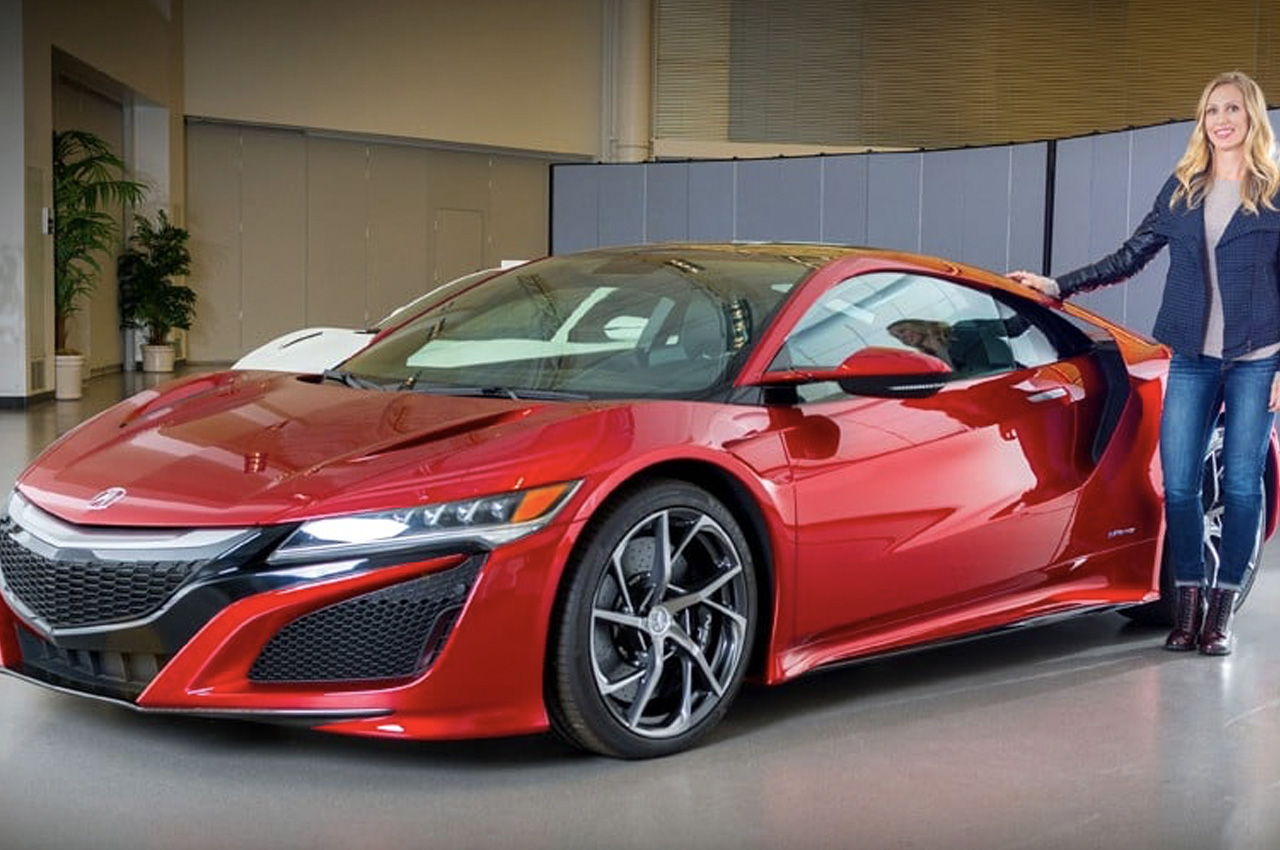

Michelle Christensen made history by becoming the auto industry’s first female to lead the development of a supercar when she headed the 2017 remodel of the iconic Acura NSX. It is a second-gen hybrid supercar that was named “Performance Car of the Year” by Road & Track. The launch of the automotive was highly awaited, as it was being re-released 25 years after its original debut. She graduated in transport design from the Art Center College of Design in Pasadena, California, and went on to work for Honda, General Motors, and then Acura – the luxury division of Honda.
The post 10 Iconic & Influential Women Designers Of The Last Century first appeared on Yanko Design.




